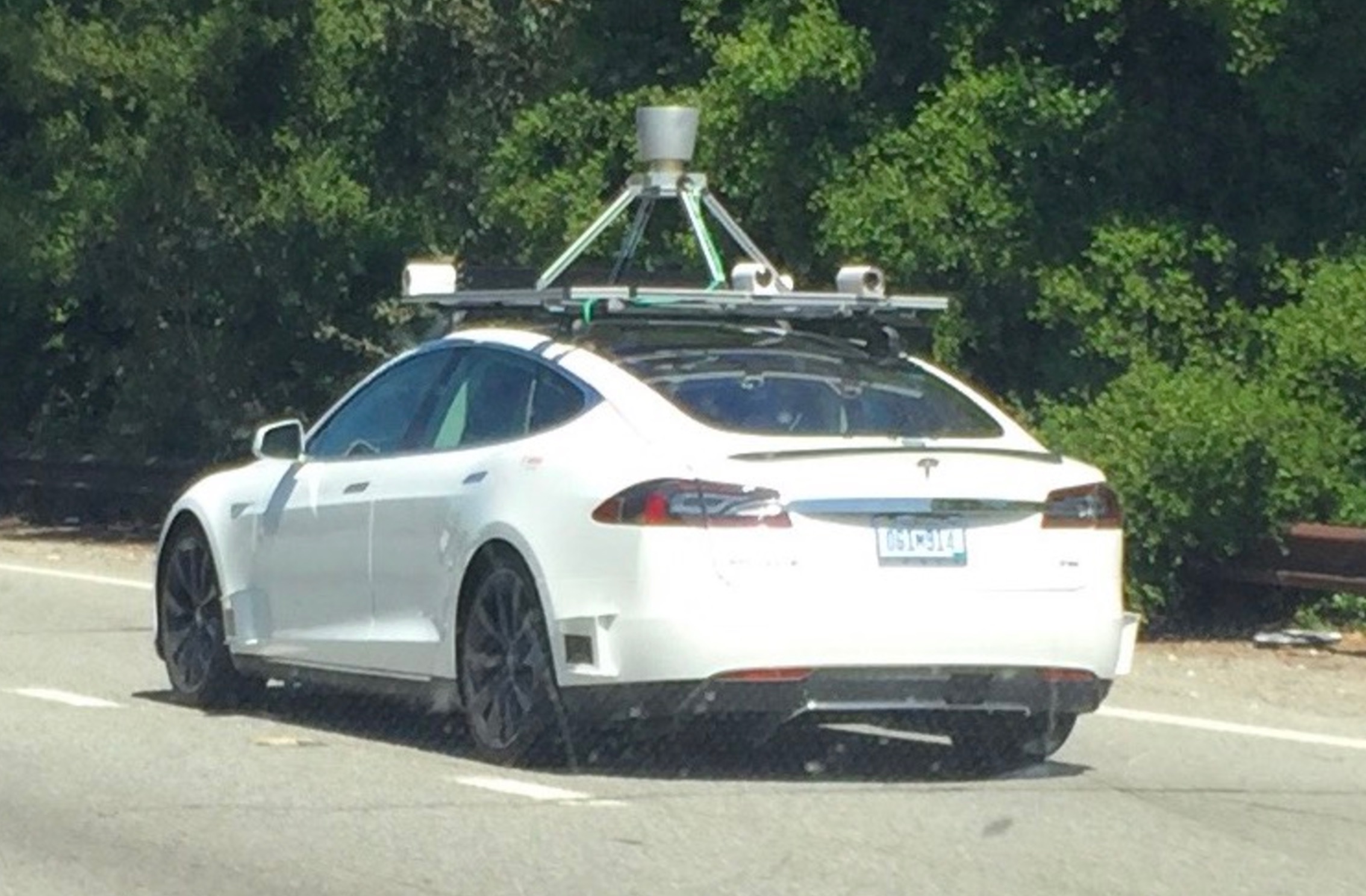Knightshade
Well-Known Member
Yes to both, that is called the valley on unmet demand
The demand is unmet because the product to meet it does not exist though.
- JPR007 posts a graph on Twitter that illustrates the point...
If you recall he has a bit of a reputation for... let's say getting ahead of reality?
Yes, some compact EVs will be very affordable, cheaper than any new car today.
The cheapest new car today is about $13,500.
And even at that most people don't buy a new car.
Those 1.4 billion ICE vehicles on the road today can ONLY be replaced by new EV sales. Anything else is just one ICE replacing another ICE.
It is not possible for there to be 1.4 billion new EVs produced and sold in the timeframe you're talking about.
The batteries simply will not exist to do that.
They will eventually, but not nearly that soon.
We know where Tesla's batteries are coming from...
Yes, and they think they will have enough for 20 million cars a year by then- and you believe them, right? (I do too, FYWIW).
the same people also think the entire rest of the industry will only have enough for 10 million EVs total among them- and you do not believe them.
Why do you only believe the first one, but not the second, when it's coming from the same source?
for the record I think Tesla's lithium clay extraction works,,, and that is the tip of the iceberg in relation to a rethink on mining and materials processing..
A process that doesn't even exist in production, to produce something that's already not the most limiting factor in making batteries, is not going to magically produce five times the number of batteries Elon himself thinks will be being produced by then.... which is what you need to get from Elons 10 million for the rest to your 50 million for the rest number.
Lots of companies are scaling up plans for battery production.. this is the only "land grab" that is happening,.
Yes- and most of them have relatively TINY amounts of production in the pipeline.
They're scaling slowly- and taking years for each factory.
Typically 5 years estimated for a new mine, 5 years estimate for a new battery factory, I bet both can be done faster by highly motivated companies... More so if they take note of what competitors like Tesla are doing and develop similar processes.
The only reason they're doing what little they are is because they've noticed what Tesla is doing.
So what mistakes of reasoning do you think Elon made to predict only 10 million EVs a year from all non-tesla makers combined by then?



